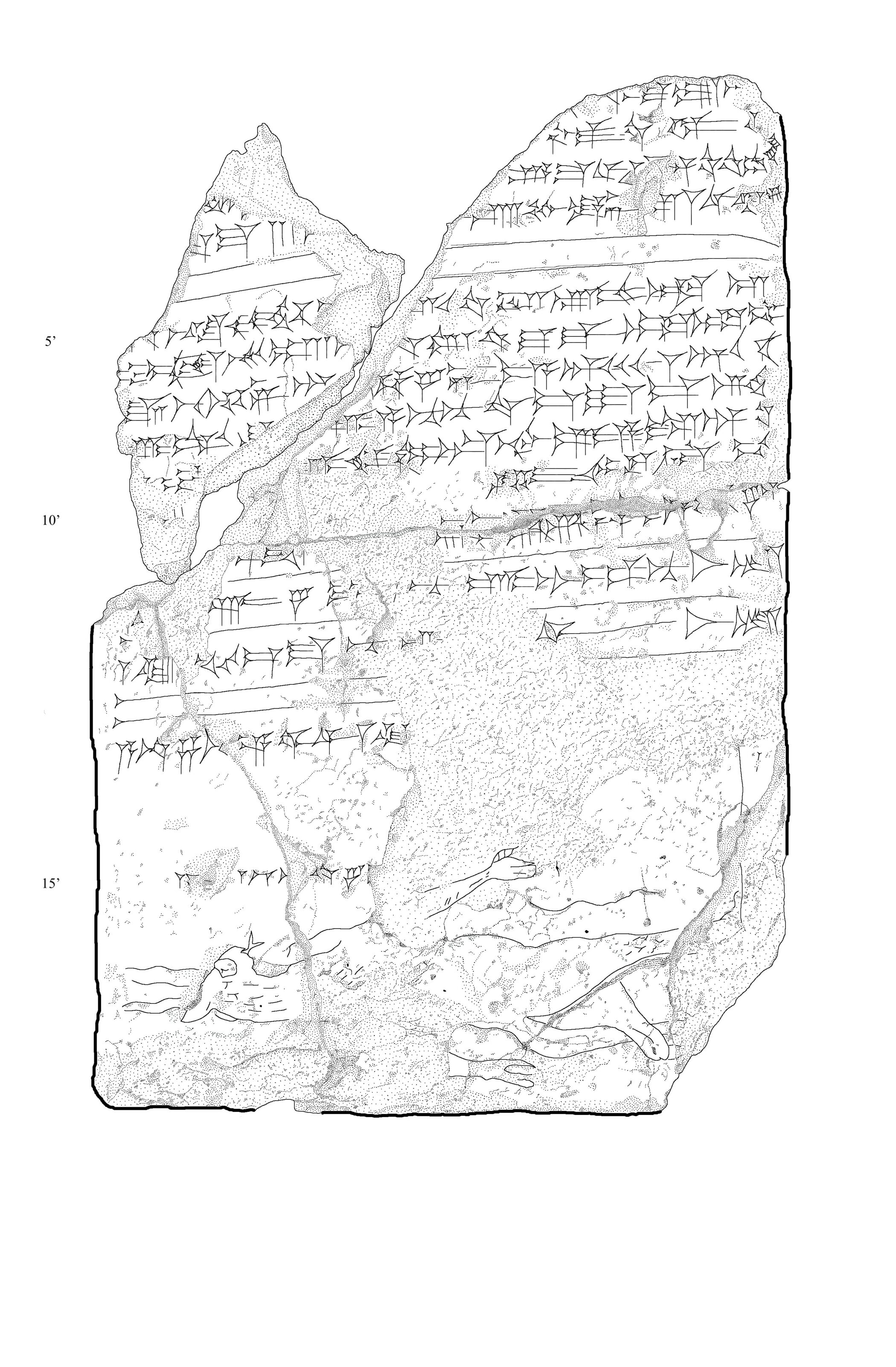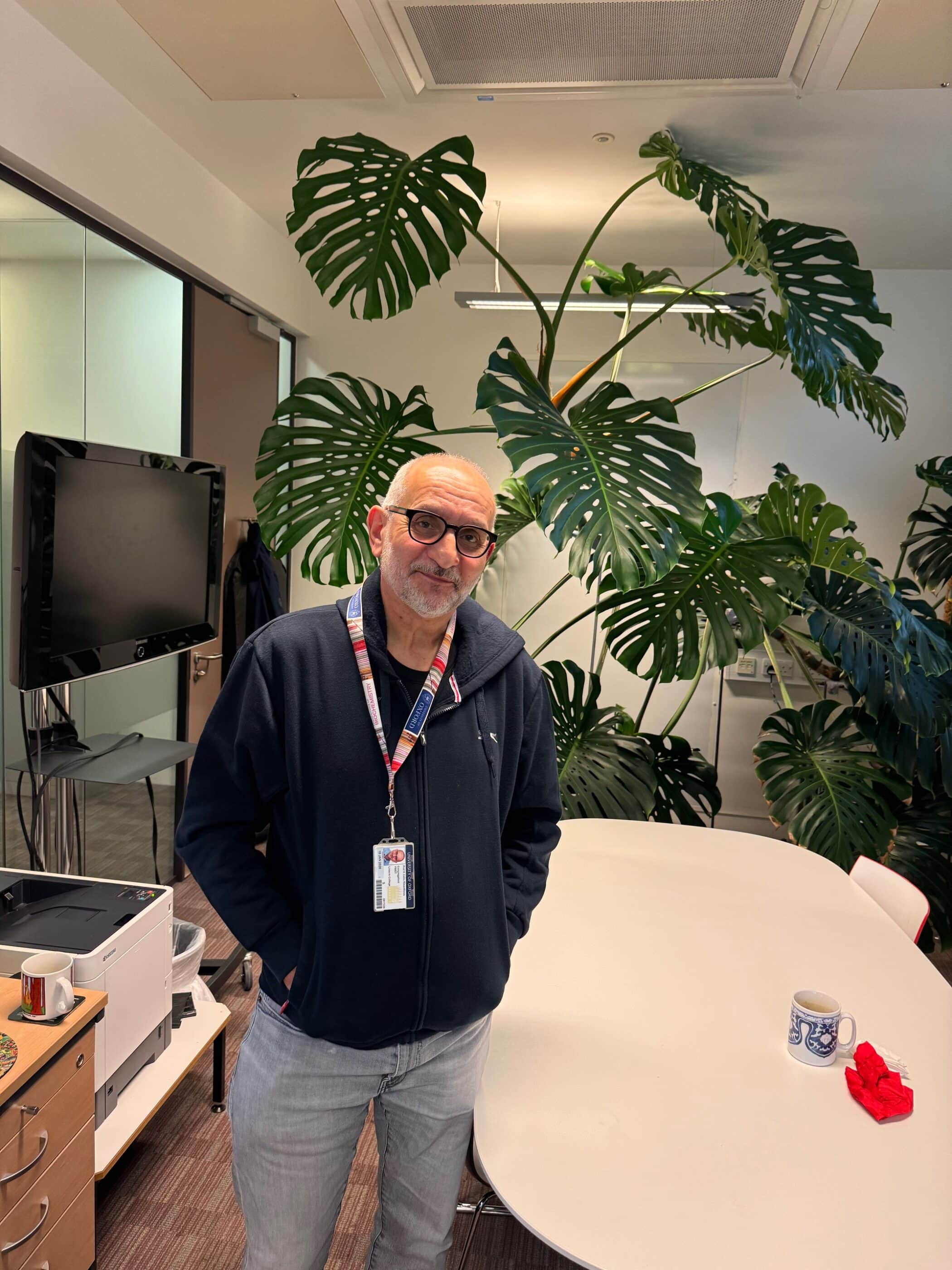Humankind has always sought to explain, heal, and overcome disease, and some of the earliest writings representing an intellectual production of medical knowledge originate from ancient Mesopotamia, the so-called “Cradle of Civilisation” (modern-day Iraq and Syria). A large corpus of several hundred manuscripts with medical content, primarily from the second and first millennia BCE, has been handed down to us from the cultures that inhabited these regions. Such sources largely predate the writings of Greek and Roman physicians, such as Hippocrates (c. 5th century BCE) and Galen (c. 2nd century CE). The texts are written on clay tablets in cuneiform writing, recording a dialect of the Semitic language Akkadian, and they were excavated primarily in private houses and temple libraries.
As an Assyriologist working with the history of medicine, I publish and study cuneiform texts with medical diagnoses, prescriptions, descriptions of plants, and healing rituals to gain a deeper understanding of ancient medical knowledge and practices. In my monograph Medicine in Ancient Assur from 2020 (available with open access) I provided the first study of the career of a single healer from the 7th century BCE by outlining his training and practice. Furthermore, I have produced a range of articles examining the reality behind medical ingredients, zoonosis, contagion and epidemics, as well as the iconography of demons and animals. I also discovered the first known illustration of a demon of epilepsy!
My research conducted as a Carlsberg Foundation Junior Research Fellow at Linacre College and the Faculty of Oriental Studies promotes the study of anatomical and physiological conceptions in ancient Mesopotamia by examining how physicians described and treated a central part of human anatomy called sher’anu. This term conceptualised all the string-like structures of the body, and it was used to collectively describe muscles, tendons, nerves, and blood vessels. As part of my work, I am also engaged in an interdisciplinary genetic study with researchers at Aalborg University in Denmark aimed at extracting DNA from ancient objects to identify Mesopotamian plants.
My research combines traditional and new approaches to the study of ancient Mesopotamian medicine in order to increase the temporal depth of humanity’s medical history while broadening our understanding of early medical practices and knowledge production.
Dr. Troels Pank Arbøll (Carlsberg JRF)


















